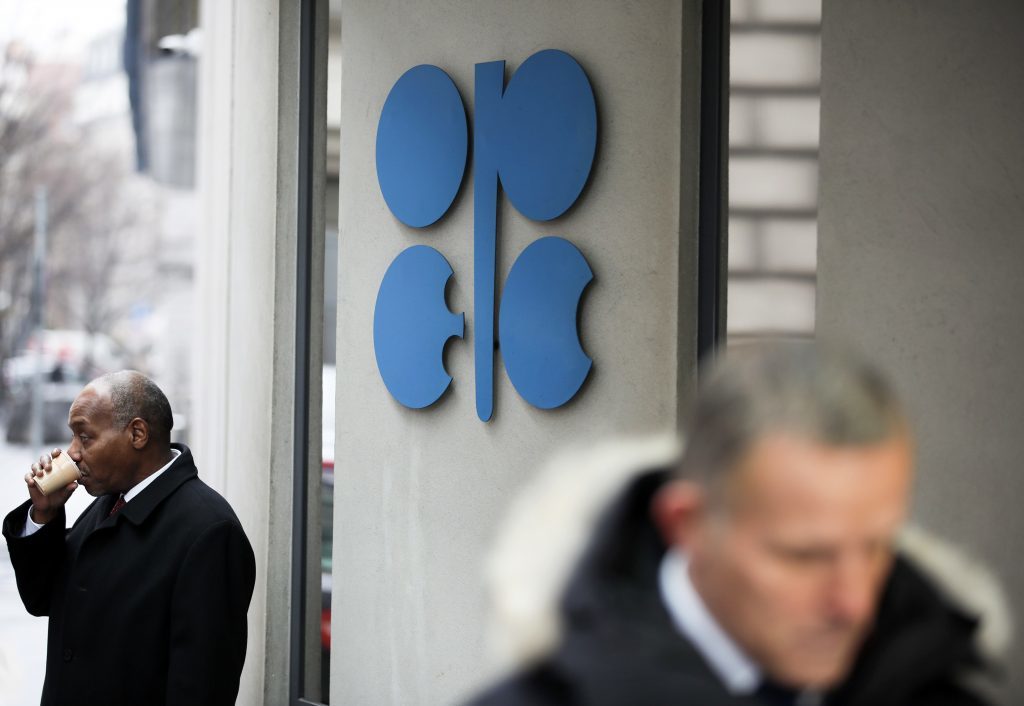
OPEC have agreed to keep the current total limit, but will now attempt to comply with it. Oddly enough, low compliance with cuts has been from members and non-OPEC signatories to the cuts producing too little rather than too much. This has not come about through want to of trying, but because some signatories (most notably Venezuela) have been unable to reach their quotas. Clearly the only way 100% compliance with the total can be achieved when some countries cannot pump any more, is by those with spare capacity doing the job for them. The UAE oil minister, Suhail Al Mazrouei who did the talking, was asked repeatedly in the press conference about how the allocation would work. He always gave the same answer – the Joint Ministerial Monitoring Committee (JMMC – a committee formed of OPEC and non-OPEC members to monitor the implementation of cuts) will figure it out. As yet there is no plan as to how the limits will be reallocated. Presumably we will need to wait until the JMMC has met to agree on this.
The crucial question is how much more oil will this bring into the market? A variety of numbers have been mentioned between 600k b/d and 1m b/d, but these variations might come from looking at the problem in different ways. For example whether you look at just the OPEC signatories or include the non-OPEC ones too. From the numbers in our own table, OPEC and non-OPEC signatories will need to add about 600k b/d overall. Who will get to add those barrels will be a contentious subject.
What will this mean for the market? Let’s assume this production is successfully added by the last quarter of 2018, so an increase by 600k b/d across those members. The IEA estimated the amount OPEC needs to produce to balance the market in Q4 of this year (the call on OPEC) at 32.1m b/d, compared to current (May) OPEC production of 31.7m. That’s a shortfall of 400k b/d. Adding in 600k b/d would seem to leave a surplus of 200k b/d. However there is also the non-OPEC signatories to consider and here the IEA already seems to have made allowances for some increases baked into the call on OPEC number perhaps leaving a smaller or no surplus. Overall it looks like OPEC still sees the current targets as being right to balance the market and will presumably allow the JMMC to allocate more limits if the production of Venezuela and Iran does fall.
Oil markets have taken this in their stride – Brent has been around 75 $/b since the news broke. On the face of it, OPEC does not look set to create a crude surplus in the market as some had worried. The danger of a damaging breakdown in discipline followed by unilateral action to increase production by Saudi Arabia and Russia looks to have been averted. The devil in the detail we wait to see will be country allocations.